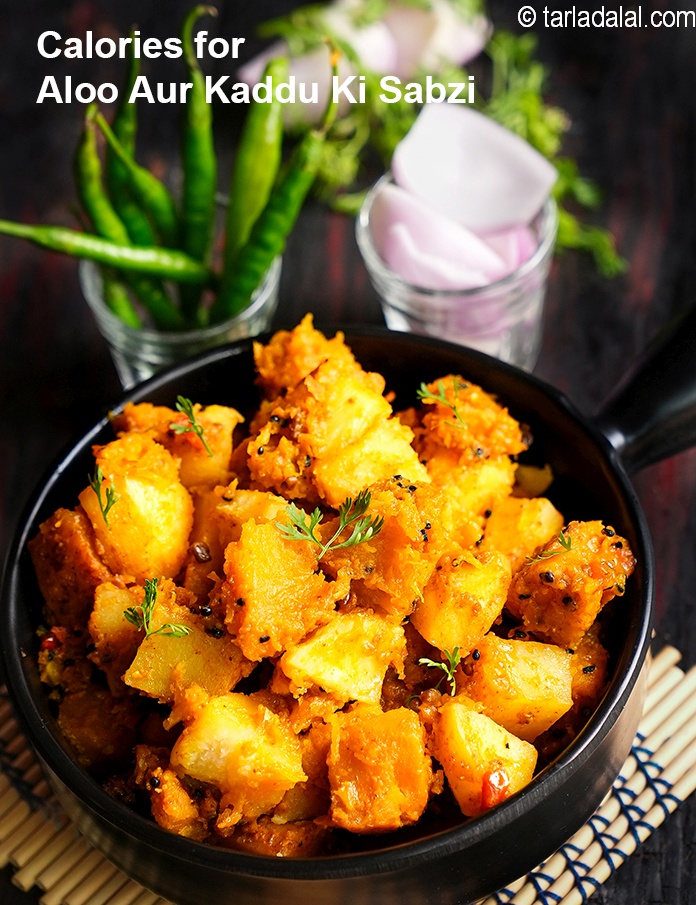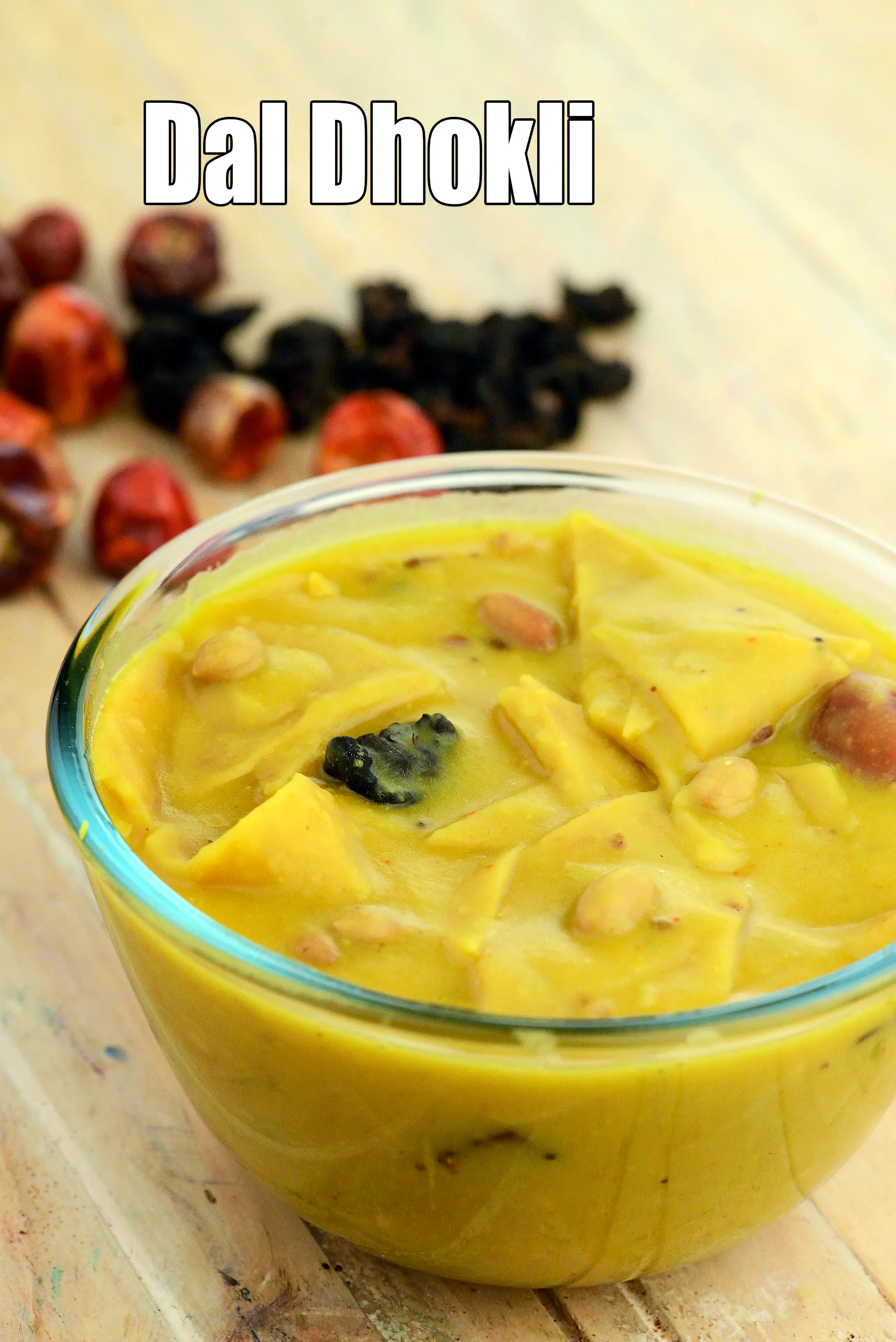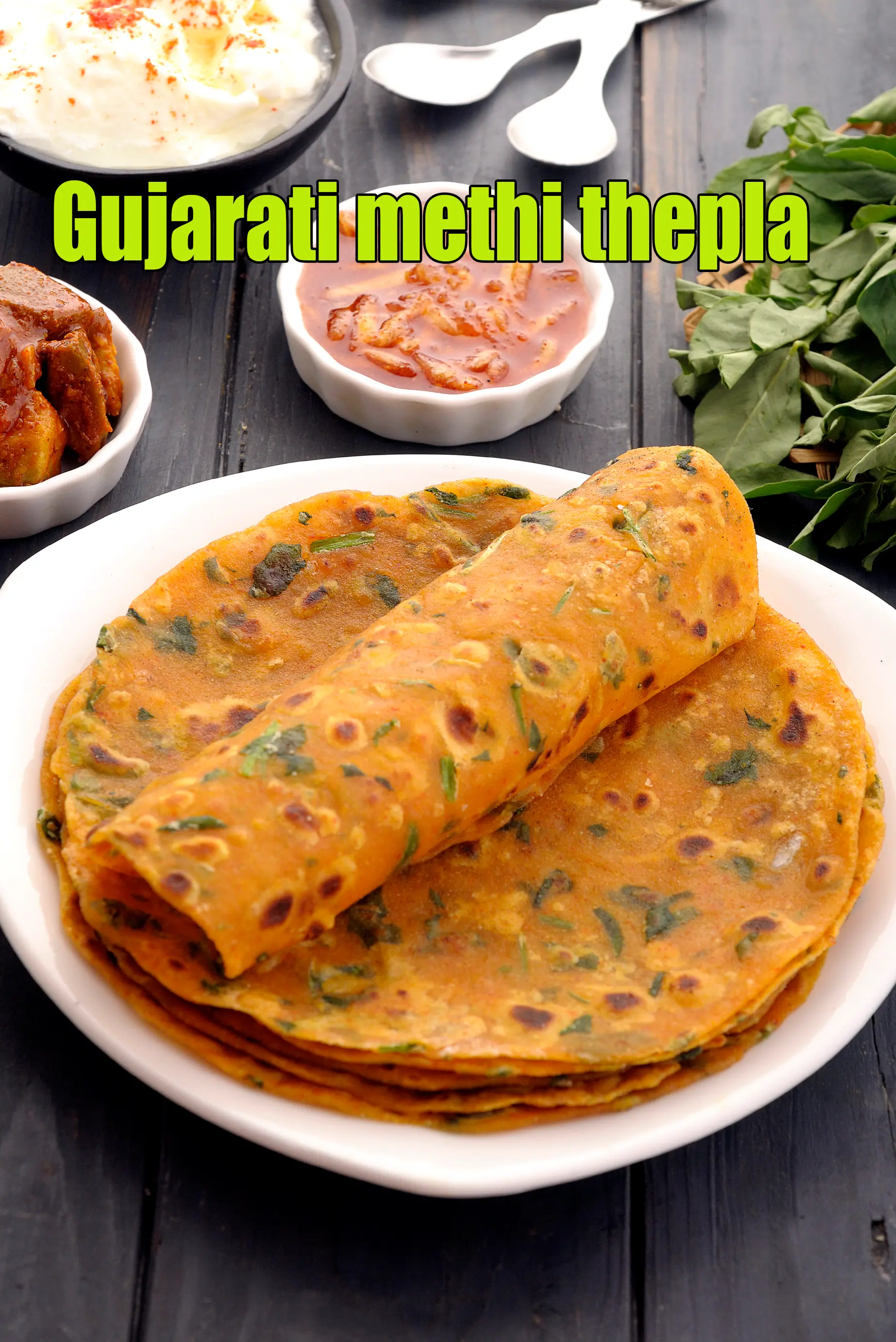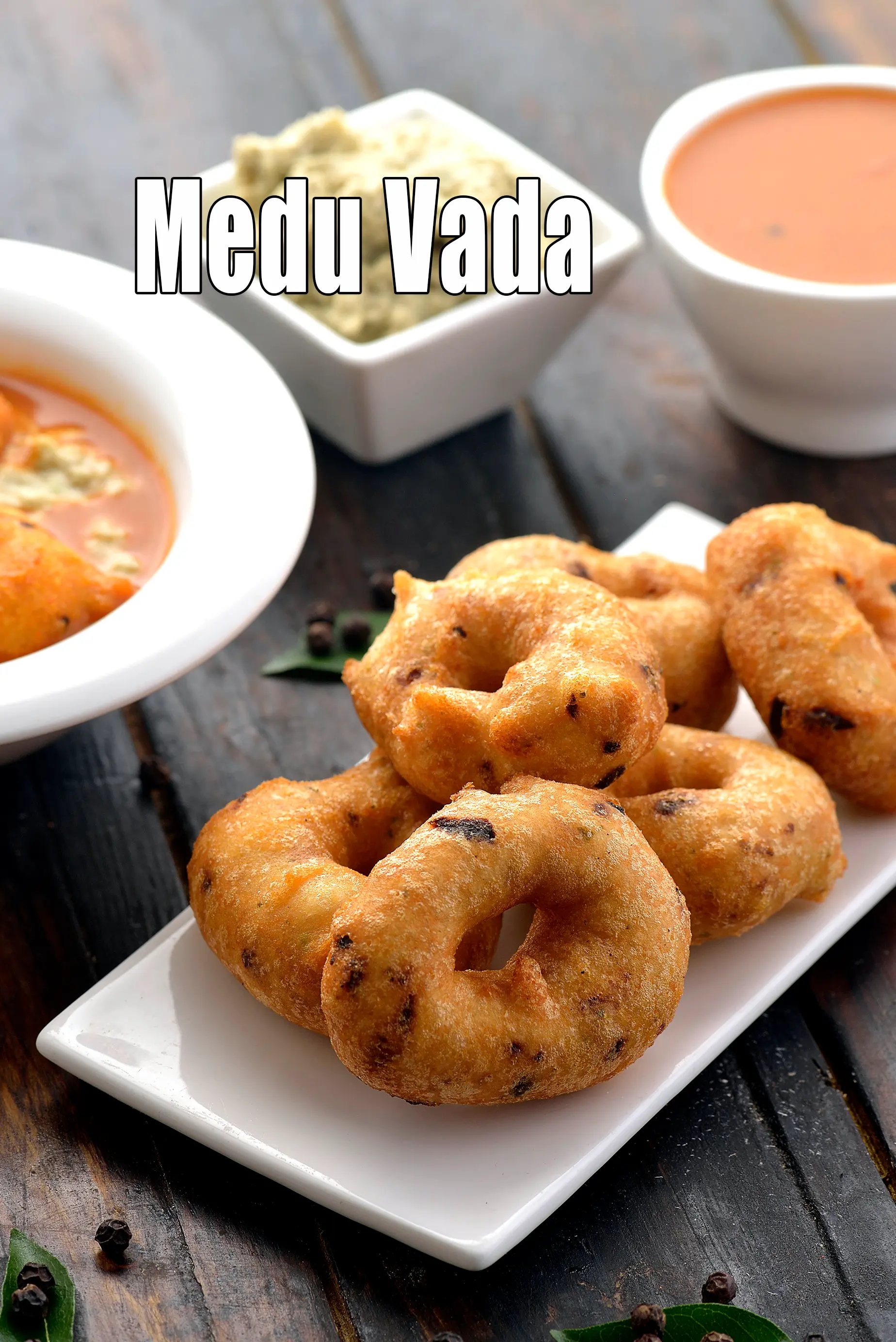Nutritional Facts of Aloo Aur Kaddu ki Subzi, Calories in Aloo Aur Kaddu ki Subzi
This calorie page has been viewed 10203 times

Table of Content
How many calories does one serving of Aloo aur Kaddu ki Sabzi have?
One serving (215 grams) of Aloo aur Kaddu ki Sabzi gives 120 calories. Out of which carbohydrates comprise 63 calories, proteins account for 8 calories and remaining calories come from fat which is 49 calories. One serving of Aloo aur Kaddu ki Subzi provides about 6 percent of the total daily calorie requirement of a standard adult diet of 2,000 calories.
120 calories for 1 serving of Aloo Aur Kaddu ki Subzi, Cholesterol 0.6 mg, Carbohydrates 15.7g, Protein 2.1g, Fat 5.4g. Find how much fibre, iron, calcium, zinc, magnesium, phosphorus, sodium, potassium, folic acid is present in Aloo Aur Kaddu ki Subzi.
Click here to view Aloo aur Kaddu ki Subzi recipe | kaddu aloo sabzi | Rajasthani aloo aur kaddu ki sabzi | with 35 images.
aloo aur kaddu ki sabzi is a sukha Rajasthani sabzi. Learn to make kaddu aloo sabzi.
Soft potatoes and fibrous red pumpkin cooked with an aromatic tempering of assorted seeds and spices, a couple of traditional spice powders, a dash of curds and tomatoes, the aloo aur kaddu ki sabzi is a choice you will love.
Whether for a homely meal or a friendly gathering. aloo aur kaddu ki sabzi burgeons with flavour and aroma, highlighted further by the finishing touch, a thoughtful sprinkling of tangy amchur powder.
Tips for kaddu aloo sabzi. 1. You can add shredded coconut to the aloo aur kaddu ki sabzi to add taste. 2. Reduce the amount of potatoes used by half and increase kaddu in the same ratio to make aloo aur kaddu ki sabzi healthier.
Serve aloo aur kaddu ki sabzi with bajra ki roti, jowar ki roti or roti.
Is Aloo aur Kaddu ki Sabzi healthy?
Yes for some and no for others.
What is healthy?
Red Pumpkin ( kaddu, bhopla) : A cup of pumpkin cubes fulfils your day’s requirement of Vitamin A (5526 mcg), thus making it a super food for your eyes. Kaddu can be included in safe amounts or restricted amounts by diabetics. The magical combo of antioxidants and Vitamins A and Vitamin C create a shield against cancer cells. The antioxidants help reducing LDL cholesterol (bad cholesterol) from oxidizing and clogging the blood vessels, which if persists would increase the risk of heart disease. Read is pumpkin healthy?
Tomatoes ( Cherry tomatoes, Yellow tomatoes ) : Tomatoes are extremely rich source of Lycopene. Tomatoes are a powerful antioxidant, super rich in Vitamin C, good for heart. Tomatoes are a Pregnant women's friend and are rich in Folate or Folic Acid which helps your body to produce and maintain new cells, especially red blood cells. Read about 13 amazing benefits of tomatoes.
Ghee : Other than calories and fats, the only nutrients that ghee is rich in are the vitamins – all of which are fat-soluble. All the 3 vitamins (Vitamin A, Vitamin E and Vitamin K) are antioxidants which have a role in removing free radicals from the body and protecting our cell as well as help in maintaining skin health and glow. Ghee is an excellent, high-quality selection medium of cooking because of its high smoke point. As compared to most oils and butter, ghee can handle a smoke point of 230°C, 450°F, thus its less prone to oxidant and destruction of nutrients. Yes, ghee does contain cholesterol, but some amount of cholesterol is needed by the body. Cholesterol has some functions to play too. It is necessary for hormone production, brain function, cell health and lubricating the joints. It is, in reality, a high quality fat for the body and brain. Ghee is loaded with fats but that’s medium chain fatty acids (MCT) which aid in weight loss. Ghee is healthy for daibetics in small amounts. Learn to easily make your ghee at home which is free of preservatives. See benefits of ghee.
What's the problem ?
Potatoes (Aloo) : Potatoes being high in simple carbohydrates which can lead to weight gain and are not good for people with diabetes and obesity. Potatoes are recommended for malnourished children and people with low weight. See full details on why potatoes are bad for you.
Can diabetics, heart patients and overweight individuals have Rajasthani Aloo aur Kaddu ki Sabzi?
No. Potatoes being high in simple carbohydrates which can lead to weight gain and are not good for people with diabetes and obesity.
Yes, for heart and weight loss. Modifications to the recipe for heart and weight loss.
1. Cut the potatoes used by 60%. That will reduce the carb impact.
2. Increase the usage of pumpkin.
What is a healthier Rajasthani sabzi to have?
Rajasthani kaddu aur soya ki sabzi is a popular dry Rajashtani sabzi. Learn to make healthy bhopla soya sabji.
Every province has its traditional style of cooking their favourite vegetables. Here, we have chosen a popular Rajasthani kaddu aur soya ki sabzi usually made using potatoes and pumpkin, and smartly replaced starchy potatoes with multi-nutrient soya chunks instead.
In all other ways, the Rajasthani kaddu aur soya ki sabzi maintains the authenticity. Using curds and spices like nigella seeds, it brings about an unmistakable haveli feel.
Soya chunks used in Rajasthani kaddu aur soya ki sabzi have many benefits. Soy protein for soya chunks may provide positive results for people with high blood pressure. Soy protein is beneficial to women in post-menopausal years. Soy is low in fat and sodium, and may help reduce the risk of heart disease.
healthy bhopla soya sabji is rich in Vitamin A, Folic Acid, Magnesium and Vitamin C. For those on weight loss, Rajasthani kaddu aur soya ki sabzi is the perfect solution with only 87 calories for Rajasthani kaddu aur soya ki sabzi.
Rajasthani kaddu aur soya ki sabzi recipe | soya chunks vegetable recipe | healthy bhopla soya recipe |
aloo aur kaddu ki sabzi is rich in below macronutrients, vitamins and minerals given in descending order (highest to lowest).
1. Vitamin A rich recipes, Beta Carotene : Vitamin A is crucial for healthy vision, cell growth and healthy skin. Sources of vitamin A include yellow-orange fruits and vegetables like carrots, mango, papaya, peach, tomatoes, pumpkin etc. and other vegetables like spinach, kale, fenugreek leaves, broccoli, capsicum etc. 67% of RDA.
2. Vitamin C : Vitamin C is a great defence against coughs and colds. Have citrus fruits, lemons, vegetables ( capsicum, broccoli, cabbage). 32% of RDA.
3. Magnesium : Magnesium is required for formation of bones and teeth. It helps in the metabolism of calcium and potassium. % of RDA. magnesium rich Indian foods like leafy vegetables (palak, broccoli, kale), pulses ( rajma, chawli, moong ), nuts (walnuts, almonds) , cereals ( jowar, bajra, whole wheat flour, dalia). 13% of RDA.
4. Folic Acid (Vitamin B9): Folic acid is an essential vitamin required throughout pregnancy. Folic acid rich Indian foods (kabuli chana, chana dal, yellow moong dal, urad dal, tooval dal, til ) 11% of RDA.
5. Vitamin B1 (Thiamine) : Vitamin B1 protects nerves, helps in carbohydrate metabolism, prevents heart diseases and helps produce red blood cells. 10% of RDA.
Note : a recipe is deemed high in a Vitamin or mineral if it meets 20% and above the recommended daily allowance based on a 2,000 calorie diet.
How to burn 120 calories that come from one serving of aloo aur kaddu ki sabzi?
| Walking (6 kmph) = | 36 | mins |
| Running (11 kmph) = | 12 | mins |
| Cycling (30 kmph) = | 16 | mins |
| Swimming (2 kmph) = | 21 | mins |
Note: These values are approximate and calorie burning differs in each individual.
| Energy | 120 cal |
| Protein | 2.1 g |
| Carbohydrates | 15.7 g |
| Fiber | 1.5 g |
| Fat | 5.4 g |
| Cholesterol | 0.6 mg |
| Vitamin A | 3203.4 mcg |
| Vitamin B1 | 0.1 mg |
| Vitamin B2 | 0 mg |
| Vitamin B3 | 1 mg |
| Vitamin C | 12.9 mg |
| Folic Acid | 21.1 mcg |
| Calcium | 24.8 mg |
| Iron | 0.6 mg |
| Magnesium | 44 mg |
| Phosphorus | 48.6 mg |
| Sodium | 11.6 mg |
| Potassium | 243.1 mg |
| Zinc | 0.5 mg |

Click here to view Aloo Aur Kaddu ki Subzi
Calories in other related recipes













